
Since entering horticulture professionally over a decade ago, I’ve noticed a correlation on the Colorado Front Range between wood mulch (also called arborist chips) and water-wise gardens. A beautifully designed garden goes in, with appropriate irrigation and plant palette, and the garden looks great—briefly—before languishing. Plants in these beds never quite take off, or they fail before their natural lifespans are over. I casually refer to this as plant/mulch mismatch, and it’s an issue I see too often, maybe because mulch is anything but exciting to the average homeowner.
To get to the bottom of why these mulch mistakes are happening in the Mountain West, I spoke to expert horticulturists from across the region. I asked the following questions: “What mulch do you recommend to gardeners in your area for use around trees and shrubs?” “What about a ‘classic’ perennial bed?” “What mulch do you recommend for a water-wise or native-heavy garden?”
I gathered the insights below from interviews with Robb Smith, Nich Boynton-Steele, Guy Banner, Lauren Carvalho, Michael Guidi, and Jacob Mares, who practice in northern New Mexico; the Colorado Front Range; southern Wyoming; Salt Lake City, Utah; and Boise, Idaho.
In some areas, mulch selection is straightforward

Mulch mismatch was least pronounced in Boise, where it seems that all kinds of plantings do well with the quality of arborist chip mulch available in the area. This included everything from xeric, native plants to trees and shrubs. I’ve discussed the absence of mulch/plant mismatch with experts in the area and, frankly, none of us are completely sure why they don’t experience it. Regardless, it makes selecting an appropriate mulch an easy exercise for the Treasure Valley and surrounding areas. Mulch/plant mismatch wasn’t widely noted in Wyoming or northern New Mexico either. This could be due to the fact that inorganic mulches, like pea gravel, are preferred, though for different reasons.
When and where inorganic mulches are recommended
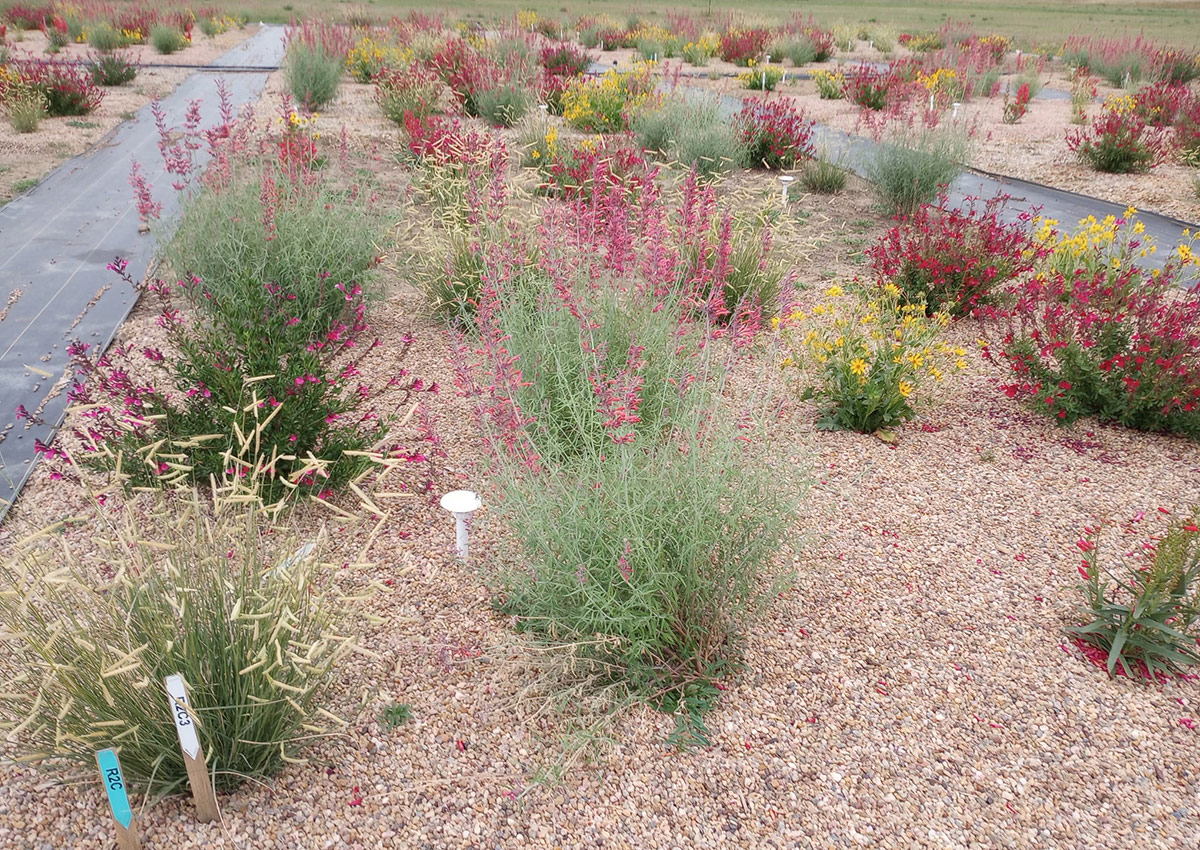
In the geologic wind tunnel that is Wyoming, most don’t bother with organic mulches (like wood) because of their tendency to behave like migratory species that quickly disperse from their intended beds and into the “Great Beyond”.
In northern New Mexico, organic mulches were indicated to be so slow to break down that their benefits don’t reliably seem to outweigh their drawbacks, though they are used in some settings—like around shrubs, trees, and in the occasional perennial bed—with respectable results. Instead, pea gravel and expanded shale were recommended for most applications other than tree rings.
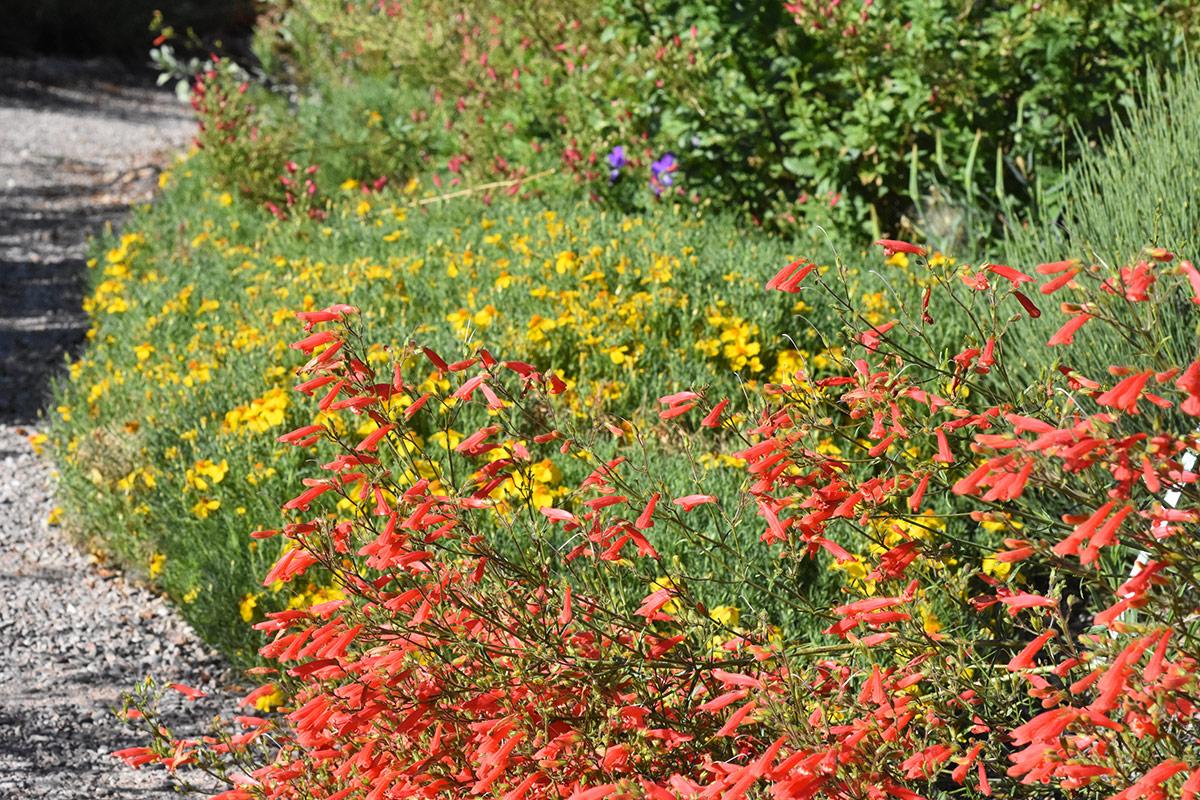
In the Wasatch Front of Utah and the Front Range of Colorado, inorganic mulch should be used for water-wise gardens. In fact, inorganic mulch is so effective for xeric gardens in the region that the Colorado-based water-wise plant-development nonprofit Plant Select® trials new plants exclusively in gravel mulch.
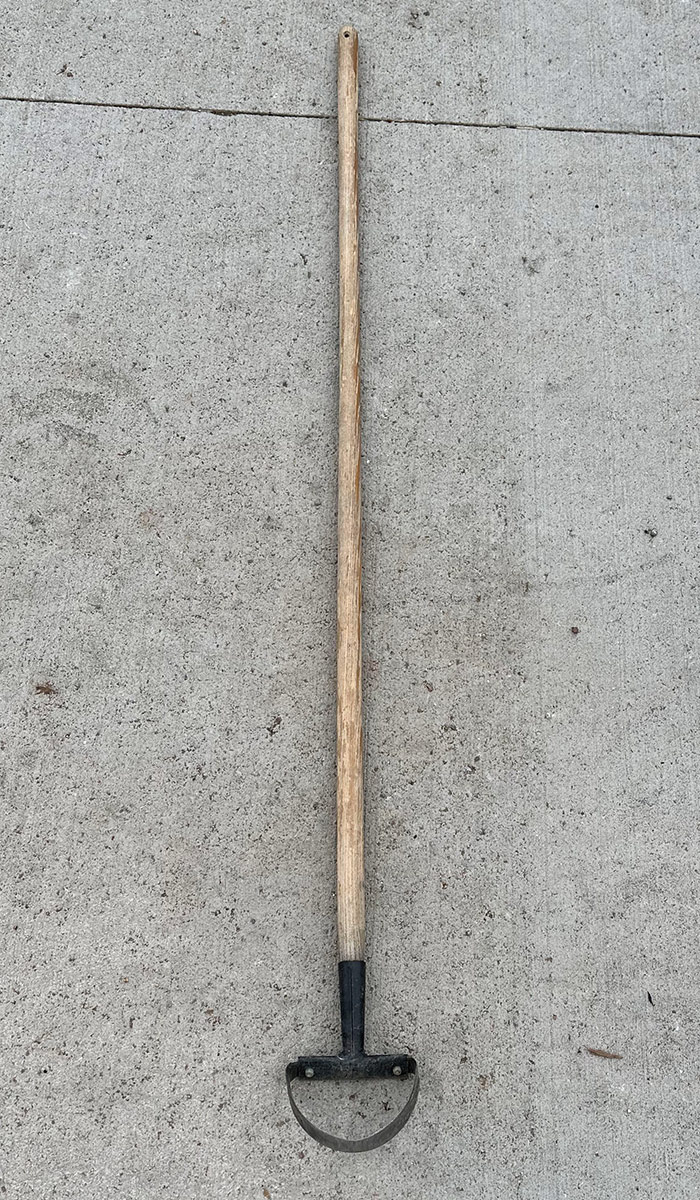
Why is pea gravel so popular?
Pea gravel tends to be “Fix it and forget it,” needing only one main application of 2 inches and then the occasional refresh after dirt is mixed in during planting. This assumes that your bed has been properly prepared to sit an inch or two below adjacent sidewalks or has been edged to avoid errant gravel grains rolling onto hard surfaces. However, if your bed needs grading, it can be done easily with a flathead shovel.
Pea gravel’s success stems from its tendency to keep plant crowns dry and to warm the soil slightly (valuable for root growth during our chilly shoulder seasons) while insulating plant crowns and roots against extreme temperatures and temperature swings. Like wood mulch, it significantly reduces soil water losses by evaporation and drastically cuts weed pressure. For those in fire-prone areas, rock mulches—including pea gravel, scoria, and expanded shale—are also the safest options, as they’re fireproof.
Where and how organic mulch works
Though pea gravel and other inorganic mulches can achieve great results in the right setting, there are still situations where organic mulch reigns supreme. Applying organic mulch 2 to 3 inches deep yields excellent results for tree/shrub borders and classic perennial beds in the Wasatch Front of Utah and Front Range of Colorado.
Wood mulch can mat, which reduces water infiltration into the soil during light precipitation events, but it is still recommended in these areas for its soil-building qualities and easy acquisition.
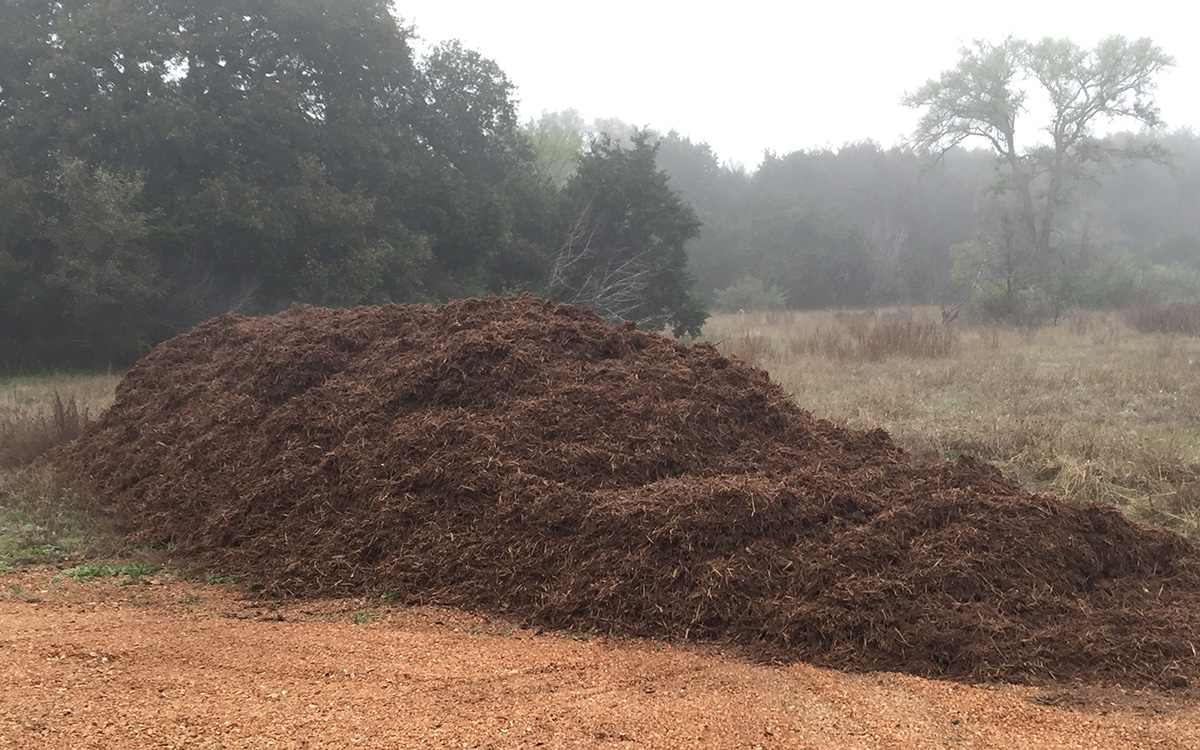
Most gardeners in our region can have wood mulch delivered to their driveway for free through third parties that connect arborists with gardeners or, with some shoveling and hauling, municipal programs. An internet search for “arborist/wood chip mulch distribution” is nearly certain to yield results. It’s worth noting that wood/arborist mulch isn’t the same as bark mulch; the latter can leave a waxy coating on the soil, reducing infiltration, and is more flammable than wood mulch.
Keep mixing and matching until you find the right mulch fit
No single trend drove mulch use, except a desire to see plantings do well. But as with most things in life, “one size fits all” does not apply, so the best practices described here should help guide your mulching machinations while you take into consideration the unique situations in your individual garden. If you suspect your garden may be experiencing mulch/plant mismatch, don’t let the dirty topic bring your garden down; consider moving some mulch before your plants move on.
For more Mountain West regional reports, click here.
Bryan Fischer lives and gardens at the intersection of the Great Plains and the Rockies. He is a horticulturist and the curator of plant collections for a local botanic garden.
Photos, except where noted: Bryan Fischer
More information on mulch:



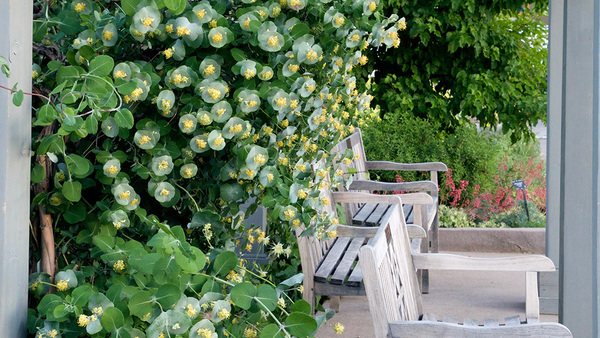














Comments
Log in or create an account to post a comment.
Sign up Log in